2012. 5. 13
Subject:
Student non-completion of an undergraduate degree: wrong
program selection or part of a career plan?
M. O’Keefe*, G. Laven and T. BurgessFaculty of Health Sciences, University of Adelaide, Adelaide, Australia
Higher Education Research & Development
Vol. 30, No. 2, April 2011, 165–177
Discussion
This study provides unique information on the relationship between first year student
career intentions, reasons for enrolment, expectations at enrolment and experiences
after the first year of study together with information on which students left and why.
As a cohort design has been used, it has been possible to track the progress of individual students. Although there are a number of studies exploring factors around student non-completion, the impact of career intentions, both at enrolment and subsequently during a degree program, is reported less frequently than other factors.
In this study the most common reason for enrolling among first year students was
as a pathway to another degree. In this context, enrolment in this health sciences
degree represented a ‘second choice’ strategy that students used to achieve their career
aspirations (Whiteley, 2002). Interest in the field was also an important secondary
consideration. Very few students reported enrolling in the health sciences program to
meet family expectations or to get training for a specific job, even though many had
clear career intentions at enrolment. The inclusion of the option ‘to gain access to
another program’ as a reason for enrolling in this study differentiates it from previous
similar Australian surveys (Brinkworth, McCann, Matthews, & Nordstrom, 2009;
Crisp et al., 2009; Krause et al., 2005).
At enrolment only one in five students were undecided about their careers.
Although many students were hoping to gain access to another undergraduate degree,
a surprisingly high number of students (60%) indicated that they expected to continue
studying after obtaining their first degree. A common expectation of students for
further study following an undergraduate degree persisted into the second year of the
program. It is possible that these expectations reflected another facet of the students’
vocationally-focused enrolment strategy. Such an expectation is also in line with
contemporary higher education developments such as the Bologna Accord (European
Commission on Education and Training, 2009). It should be remembered though that
these were student expectations during the first year of their studies and that such aspirations are not always realised (Rognstad & Aasland, 2007).
After one year of study, a higher proportion of responding students nominated a
career choice than at initial enrolment. Where a career was also nominated at first
enrolment, as often as not this career was different to the one selected after a year in
the program suggesting that a ‘career intention’ was more common than was having a
specific career choice among first year students. Half the students in the ‘undecided
career’ category at enrolment did not re-enrol after the first year. This finding provides
some support for the concept discussed previously that this group may be more at risk
of non-completion (Harrison, 2006). Unfortunately little further information is available on the subsequent study plans of these students.
Consistent with other studies, students over estimated the time that they would be
required to spend in private study (Krause et al., 2005; Lowe & Cook, 2003). The significance of this finding remains unclear as the actual time spent in study is likely to be influenced by a range of student characteristics including motivation and organisation together with the quality of student study habits (Lowe & Cook, 2003; Wilkinson, Wells, & Bushnell, 2007). There were no differences in expectations regarding study workload in students who re-enrolled and those students who did not continue into the second year.
There was no relationship observed either between student satisfaction after the
first year and student expectations at enrolment or student experiences after the first
year regarding any of the aspects included in this study. It should be noted, however,
that this information was only available for students who re-enrolled in the program
and who participated in the cohort study. It is likely that for some students who did
not re-enrol, dissatisfaction with the program was a contributing factor (Australian
Council for Educational Research, 2009). There were few differences noted between
male and female students either, other than a high proportion of female students overall. Few students cited financial reasons for their decision not to re-enrol after the first year in the degree.
As had been found previously, nearly all the students who did not complete this
program and who returned an exit questionnaire, continued with study elsewhere
(Christie et al., 2004; Harrison, 2006). Many of the students left because they had been accepted into another program. Gaining access to another program had been the
reason for enrolling in the program in the first place for many of these students. Therefore, rather than the initial selection of a wrong course (Yorke, 2000), this finding may be a reflection of a successful career strategy for these students. The earlier work of Ozga and Sukhnandan (1998) demonstrating that students are more likely to stay in a program if it is their program of choice is also supported.
Student retention is a complex issue and, as Longden (2006) argues, it is important
for higher education institutions to understand the ‘causal links’. Such an understanding is needed so that interventions can effectively address underlying factors influencing particular outcomes. It is also argued that changing financial models in higher education have created more of a consumerist approach to higher education (Lowis & Castley, 2008). In such a context, students are seen to give greater consideration to career and employment prospects in selecting both university and individual degree programs (Maringe, 2006; Soutar & Turner, 2002). It is likely that consideration of these factors will continue to be important in understanding student retention within programs.
In the case of this cohort, student re-enrolment depended, at least in part, on initial
student career aspirations and subsequent opportunities to transfer to another degree
program. It is important therefore to consider career intentions at enrolment in addition to other student factors to fully understand patterns of student non-completion. In future, the extent to which individual student aspirations and ambitions are realised may assume greater importance than simple retention rates (Yorke, 2004).
The utility of an explanatory model over a predictive model for understanding
student retention patterns (Harrison, 2006) is also supported by the findings of this
study. Most student expectations at enrolment in first year were realistic, except for
their expectations regarding individual study. More importantly, it was not possible to
predict from these responses by the measures used in this study which students would
subsequently not re-enrol one year later.
神話放送 第二集
2012. 5. 20 午後, 雨後, 台大校園裡忙碌的松鼠

2012. 5. 27
午後, 怡然淡定, 漫步在農業綜合大樓 201室前的雉雞
6/3
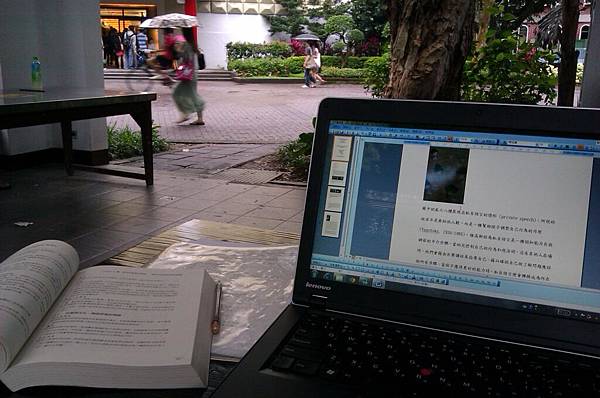
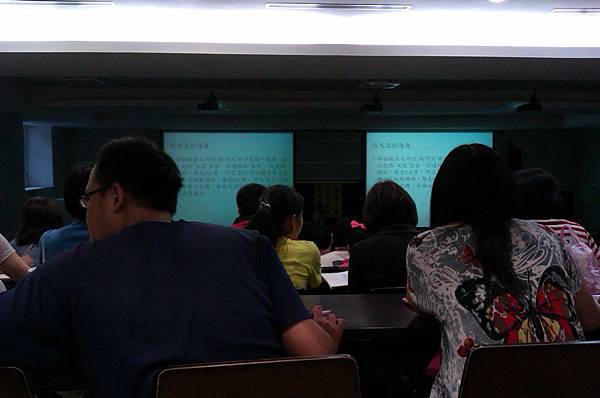
6/10

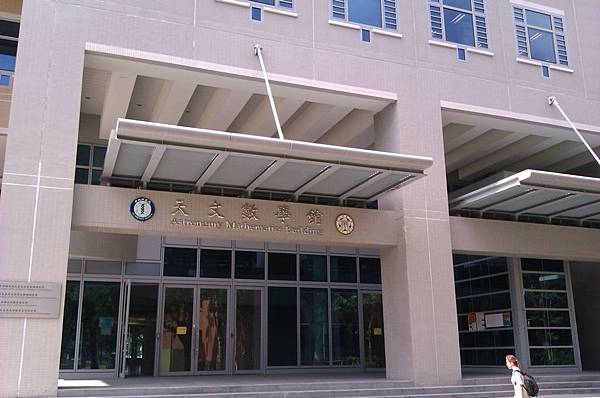

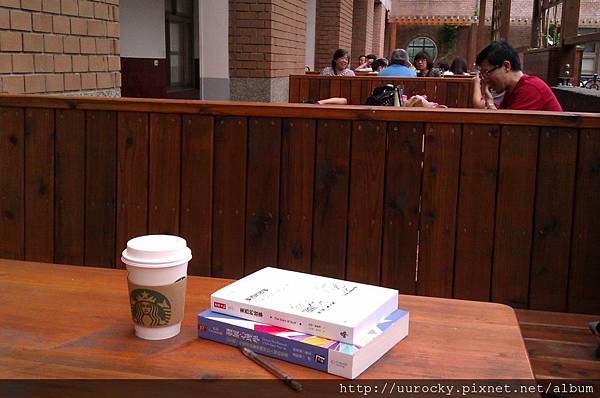
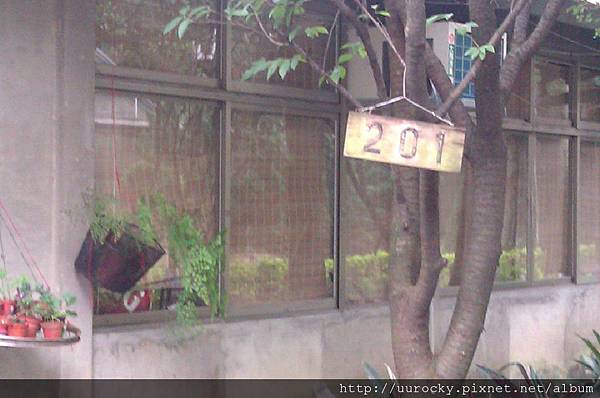

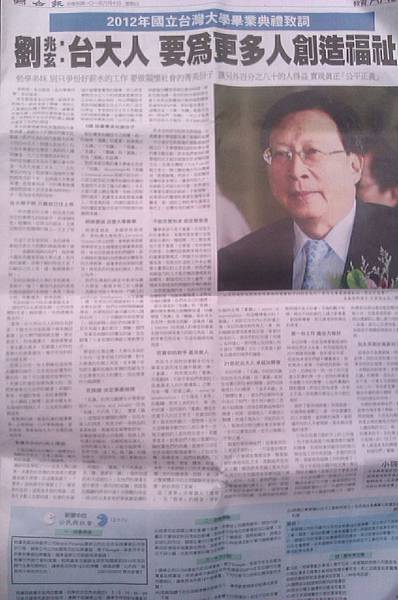


 留言列表
留言列表
 {{ article.title }}
{{ article.title }}